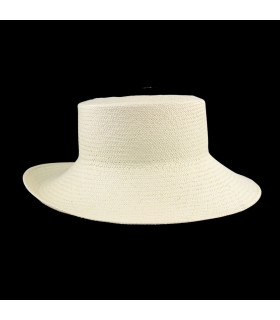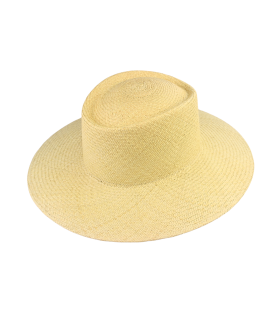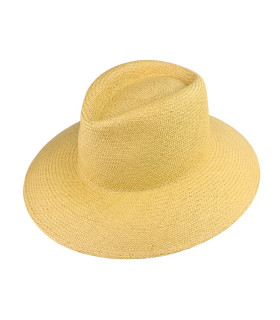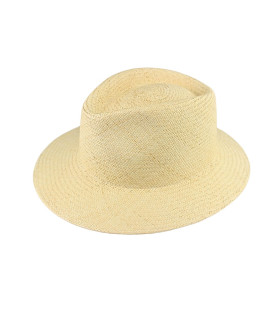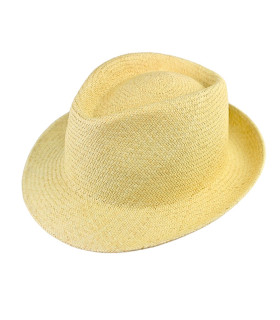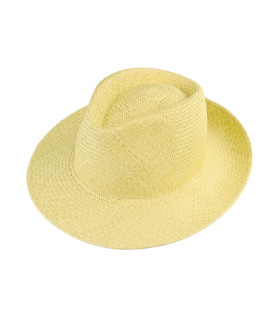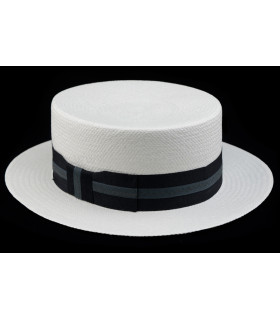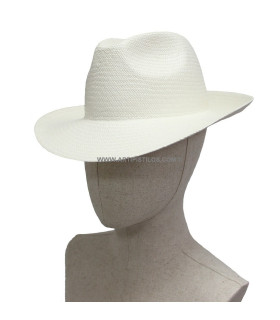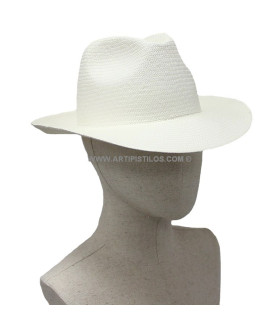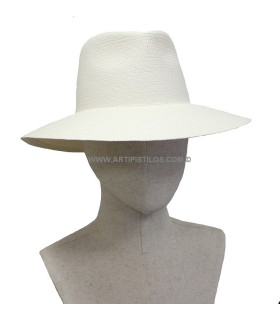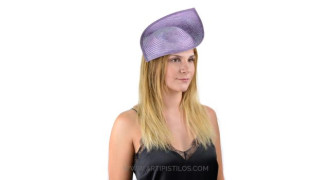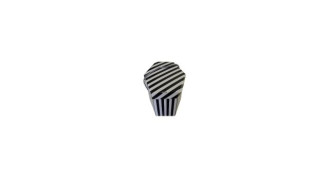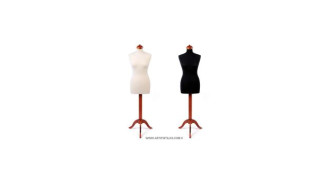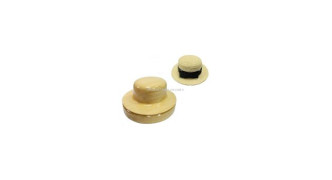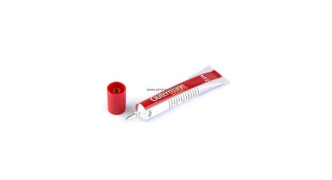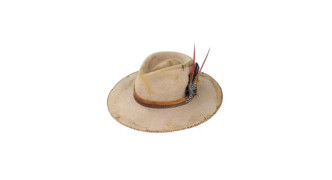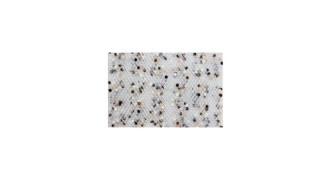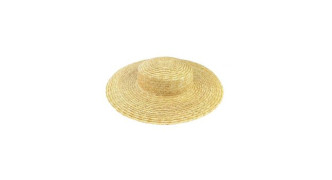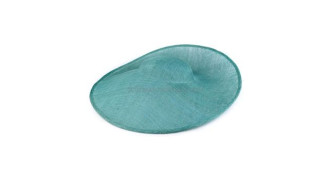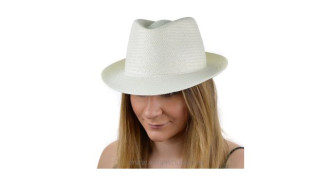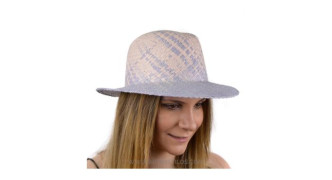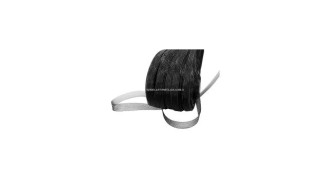PANAMA STRAW HATS AND PAMELAS
PANAMA STRAW HAT "ARMUELLES"
ARMUELLES/THE BEST PANAMA HATS ARE AT ARTIPISTILOS
The Panama hats are undoubtedly one of the most widespread and famous types of hats, especially in the summer. It doesn't matter if you wear it with Bermuda shorts or a suit, this accessory will protect you well from the sun and also make you look dapper.
At Artipistilos, we are delighted to offer you various types of Panama hats, with different sizes and shapes of brims and crowns, all of them of the best quality and suitable for both sexes, that is, Panama hats for men and Panama hats for women.
If you are a hatter or a hat enthusiast, you can use the hats we present here as an excellent base for your creations. Let your imagination fly!
WHAT ARE PANAMA HATS?
The Panama hat or Montecristi Panama hat, also known as a toquilla straw hat, is made from the braided leaves of the toquilla palm tree.
Do you know which country makes Panama hats? Despite the name, these hats hail from Ecuador. Although the Ecuadorian city of Cuenca is the main producer, it is said that it is in the Montecristi region where the highest quality hats are made and where this type of hat originally emerged. Another town that claims the merit of being the birthplace of this hat is Jipijapa, hence the hat is also known by this name.
Regardless of where exactly this accessory comes from, the Panama hat is a product with high international demand for being handmade, currently the most representative of Ecuadorian craftsmanship.
But if this hat comes from Ecuador, why is it called by the name of another country? This is because they began to gain popularity during the construction of the Panama Canal in the early 20th century.
Panama imported thousands of hats from Ecuador for the workers to wear during the canal construction. The very President of the United States, Theodore Roosevelt, visited the site to personally witness the progress of the project and wore such a hat, which increased its popularity. The 'pintao hat' indeed originates from Panama.
The weaving of the Panama hats was declared an Intangible Cultural Heritage of Humanity by UNESCO in 2012. The entire manufacturing process of the hat (planting of the plant, cutting, cooking, drying, unraveling, making dyes) is the result of a long indigenous tradition, 100% natural, without chemical components or environmental damage).
This recognition is also held by other cultural expressions such as the Valencian Falles, flamenco or mariachis. The goal is to encourage the protection of these heritages by the different countries.
WHAT IS A HATTER?
Hatters are artisans who dedicate themselves to the manufacturing, repair, and/or sale of hats. Hatters can make these hats in different sizes or taking the user's measurements.
To make a hat, the first step is to select the material to be used and to cut or shape it according to the reference mold. Then, a special iron is used to define the shape of the hat, and if necessary, stiffen the brims. Finally, it would be time to add the touch of the exterior ribbon or to add other decorations such as bows or flowers.
A typical repair that a hatter may do is to renew the inner lining of the crown. For this, the old lining must be carefully removed, dipped in solvent and rubbed to remove dirt. Another very simple operation is to replace the worn linings, ribbons, and ornaments with new ones.
The golden age of hatters was the 19th century and much of the 20th century. Nowadays, the use of hats is not as common, so the few who dedicate themselves to this artisan craft direct their creations to a wealthier clientele or to the world of cinema or theater.
WHAT ARE HATS?
Hats are accessories that serve to block sunlight and keep the head cool or warm depending on the material in which they are made. Used for centuries by both the masses and the upper classes (the latter as a prestige accessory), there is a huge variety of types of hats adapted to the social standards of each era and the particular needs of each season.
Most have these two elements: the crown, under which is the cavity for the head, and the brim, which is around the crown. The size and shape of these two elements determine the style of the hat.
The Panama hats, for example, are excellent for warm climates because their wide brim protects the face from the sun. Cloche hats, on the contrary, have a bell shape, meaning they have a high and rounded crown and a very short brim, and are more aesthetically pleasing than functional, as they offer little protection from the sun.
While some styles of hats are usually associated with specific materials (for example, Panama hats with plant fibers), this is not usually a determining factor for identifying them.
At Artipistilos, you will find many other types of hats, natural hats and colored hats like black hats, blue hats, or white hats.
WHAT ARE PAMELAS?
Pamelas are a type of women's hat characterized by its very large brim, which can be straight or wavy. The crown is generally low and round, although there are exceptions.
Its characteristics make it ideal for wearing on very sunny days, which is why the pamela is also known as a beach hat, although Pamelas for weddings are also quite common.
There are many types of Pamelas that can serve both for a day at the beach and for a wedding. If you need a Pamela for morning weddings, take a look at our catalog, including our Panama Pamelas.



